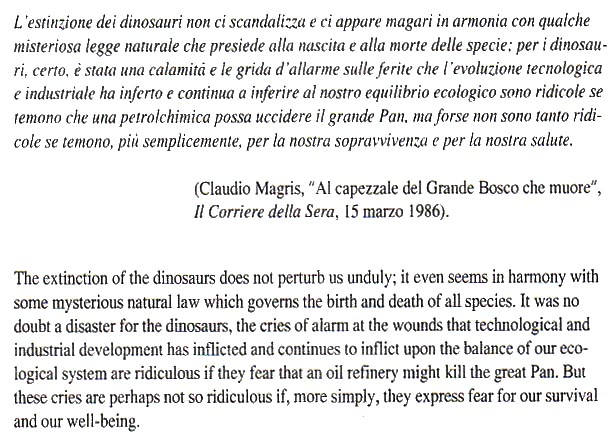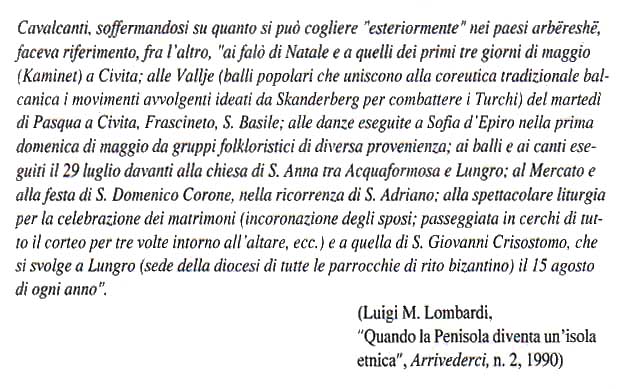
http://grammar.ccc.commnet.edu/grammar/marks/marks.htm
Full stops (periods)
A full stop is used to mark the end of a sentence that is not a direct question
or an exclamation. In English the full stop is used in the
same way as in Italian, but it is used more frequently.
Variation in sentence length and structure contributes to creating textual meaning
and orientation.

Semicolons
It is a mark of pause and linkage used to separate sentences grammatically independent
but where the meaning is closely connected. Its function is to link coordiante
clauses which are logically or grammatically related. It
therefore stands for the conjunction and.
I arrived; I saw; I left.
In Italian, however, semicolons are not usually used to separate items in a list.
It is also used to coordiante clauses joined by a connector like however:
I had hoped there was room for me; however there wasn't.
The semicolon is used more frequently in Italian than in English, especially to identify a series of events which are not considered indipendent enough to be separeted by full stops.

Colons
With respect to semicolon, colon is not used for coordiantion. In
English its function is to introduce a list of items, an explanation, an enunciation.
It stands for connections like: that is, for examples, in other words,
in short, etc.In English, colons are often used to introduce quotations
and should be used to separate a main heading from a sub-division (e.g. Punctuation:
colon). A colon is also used to introduce direct speech; in this case, the word
that follows might be preceded by inverted commas.
Ex:
English prefers a comma if the comment at the end of a sentence is not a clause but only a phrase; Italian can also have colons:
Commas
Used to separate items in sentences and to groups words, phrases, clauses for
clarity. Italian usage is very similar to British usage.
In English commas should be used for a purpose: to help the reader to
understand the meaning, if a comma does not make the sense clearer,
it is better to leave it out.
Ex.:
Use commas to separate three or more words, phrases, or clauses written in a series.
See also: Using Commas
Dashes
In Italian they are used to introduce direct speech or to clearly separate extra
information or a comment from the rest of the sentence. What is enclosed by
dashes can always be eliminated from a text without impairing the sentence structure.
In English, dashes are never used to introduce direct speech. The appropriate way to indicate the opening and closing of direct speech in English is by means of inverted commas:
- Cosa dicevi di Pieretto?
- Crederai mica, disse Oreste, che stanotte sia andato a dormire?
- Magari studia."What were you saying about Pieretto?"
"You do not really think he's gone to bed tonight, do you?", Oreste saiad.
"He might be studying".
In Italian the em dash (—) is not used.
Hyphens
A hyphen is never followed or preceded by a space. Hyphens are used to show
the division between parts of a word, in compounds, in hyphenations, and to
describe numerical intervals.
Inverted commas (quotation marks)
In Italian usage inverted commas are usually double. Inverted commas are used
to enclose all words in direct speech, to draw attention to a term that is unusual
in the context, to enclose quotations or sayings.
A quotation within a quotation is usually marked by single quotation marks.
See also: Margherita Ulrych, Translating Texts, from theory to practice, CIDEB Ed.
Online Writing Lab: http://owl.english.purdue.edu/handouts/grammar/